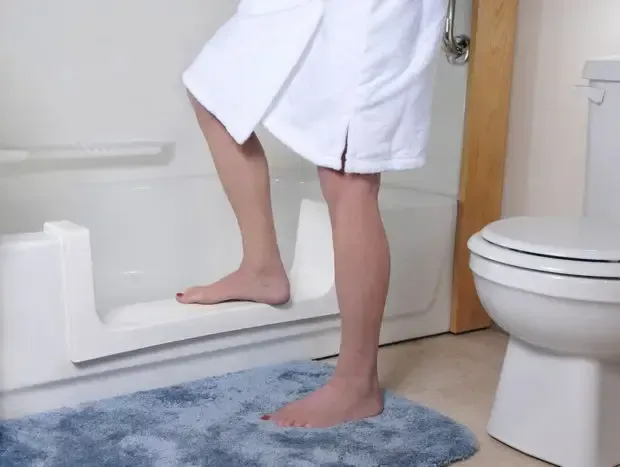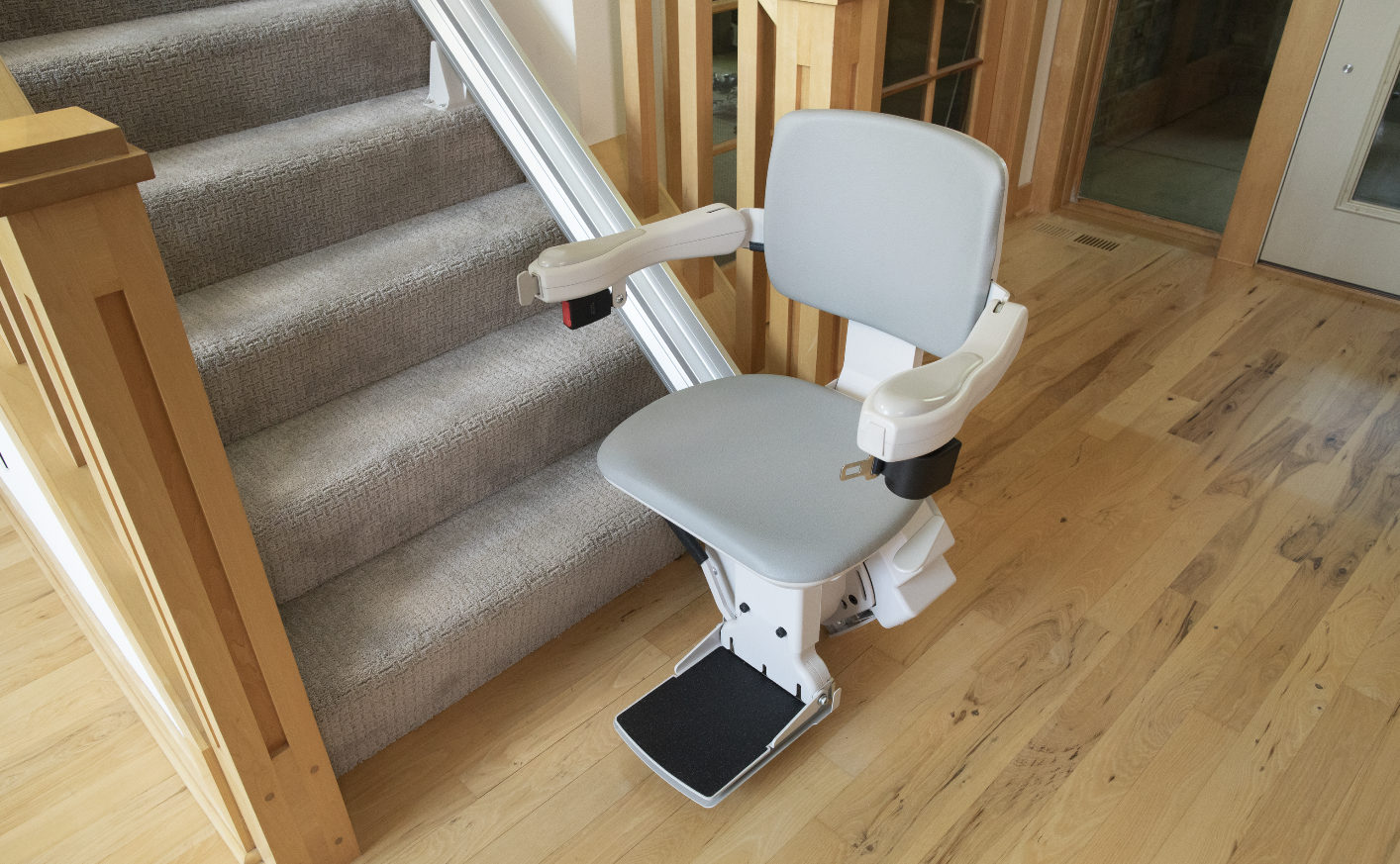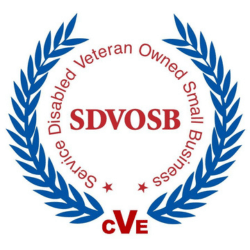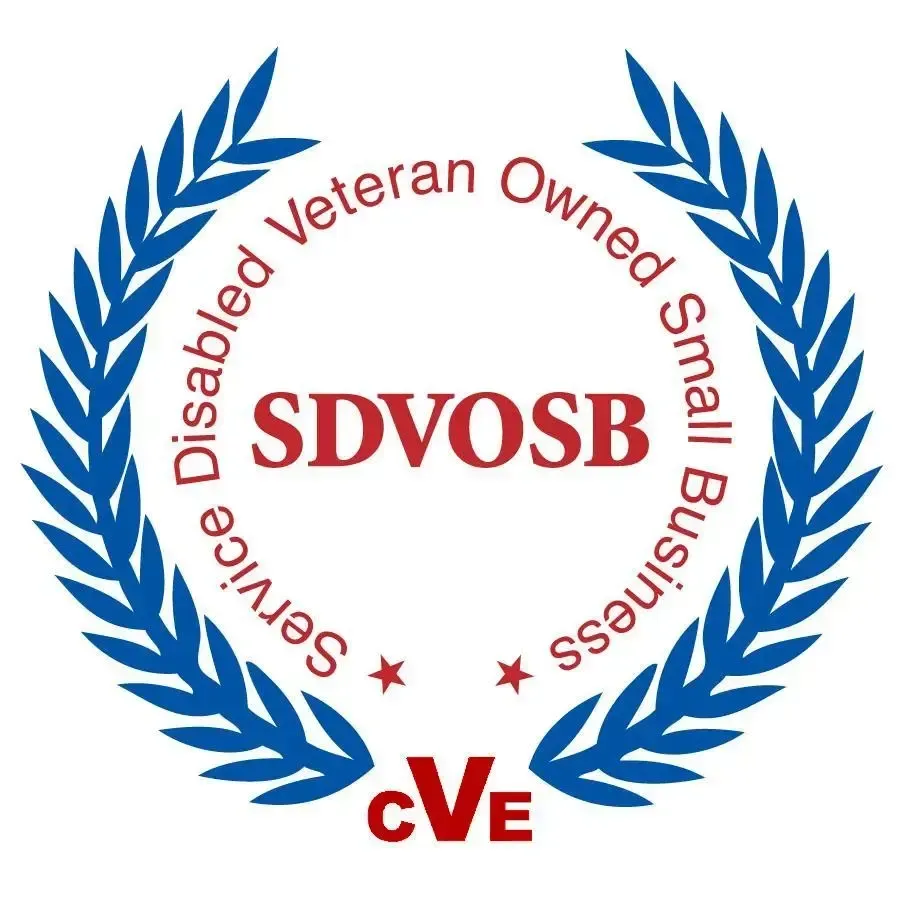How Vertical Platform Lifts (VPL) Improve Accessibility and Convenience

Enhancing mobility within the home is essential for individuals facing mobility challenges. One effective solution is the installation of Vertical Platform Lifts (VPLs), also known as wheelchair lifts. These devices provide a safe and efficient way to navigate between different levels of a residence, promoting independence and improving quality of life.
What Are Vertical Platform Lifts?
Vertical Platform Lifts are elevator-like devices designed to transport individuals using wheelchairs or scooters vertically between different elevations. Commonly installed in areas such as porches, decks, or garages, VPLs offer a compact alternative to ramps, especially in spaces where a lengthy ramp would be impractical. They can ascend or descend up to 14 feet, making them suitable for various residential applications.
Benefits of Vertical Platform Lifts
- Enhanced Mobility and Accessibility: VPLs eliminate barriers by providing direct, smooth transportation between levels, allowing users to move independently without the need for ramps or stairs.
- Safety and Security Features: Modern lifts come equipped with integrated safety sensors, emergency stops, and locking mechanisms. Features like obstruction detection ensure the lift halts if any objects are in the way, reducing risks during operation.
- Space-Efficient Design: Compared to ramps, which require extensive space to accommodate height changes, VPLs provide a compact solution, particularly important in areas with limited space.
- Indoor and Outdoor Durability: Designed to withstand various environmental conditions, outdoor models feature corrosion-resistant materials and protective finishes to endure rain, snow, and temperature changes, ensuring long-term functionality.
- User-Friendly Operation: With easy-to-use controls, call/send stations, and optional power-operated gates, VPLs prioritize convenience. Battery backup options ensure continued operation during power outages.
Considerations for Installation
Before installing a VPL, there are a few site prep steps to consider:
- A concrete pad may be needed for a smooth and stable approach.
- A landing gate might be required at the top landing for added safety.
- Electric service will be needed to power the lift and its components.
Why Choose Altamira Ltd.?
At Altamira Ltd., we provide customized accessibility solutions that help you or your loved ones stay safe and independent at home. Our experienced team ensures professional installation and long-term support, so you can feel confident in your lift’s performance.
If you or someone you care about is facing challenges moving between levels at home, a Vertical Platform Lift could be the right solution. Let us help you take the next step toward greater comfort, accessibility, and peace of mind.
Are you considering a Wheelchair / Vertical Platform Lift?
For more information or to schedule a consultation, please contact us at 800-343-1066 or learn more about Altamira's Wheelchair Lifts / Vertical Platform Lifts by clicking the Learn More button below.
Altamira's Blog






